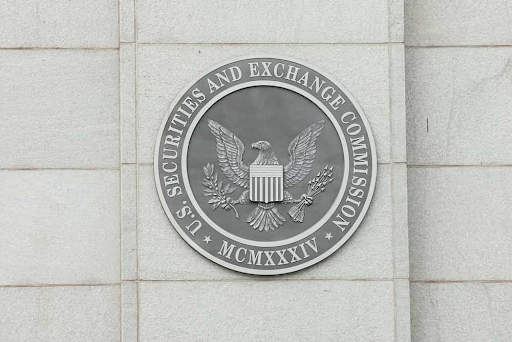Navigating the landscape of cryptocurrency regulation can be daunting, especially with the evolving stances of powerful regulatory bodies like the U.S. Securities and Exchange Commission (SEC). Historically characterized by stringent crackdowns, the SEC’s current trajectory seems to be shifting towards a more collaborative and innovation-supportive approach. Understanding this transition is crucial for stakeholders in the digital asset space, as it can significantly influence market dynamics and regulatory compliance strategies.
A New Era of Cryptocurrency Regulation: The SEC’s Evolving Strategy
With the appointment of Paul Atkins as the SEC Chair, the agency appears to be pivoting towards recognizing the potential of cryptocurrencies and tokenization as integral to financial innovation. This change signals a possible departure from the enforcement-heavy strategies previously employed by Gary Gensler, marking a new chapter in the SEC’s regulatory approach.
Gensler’s SEC: Enforcement as a Central Strategy
Under Gary Gensler, the SEC adopted a rigorous enforcement-focused strategy, treating most digital currencies as securities. This approach led to over 125 crypto-related enforcement actions during his tenure, with a notable focus on unregistered securities offerings. High-profile cases against firms like Ripple, Binance, and Coinbase illustrate the SEC’s aggressive posture under Gensler. This period saw significant challenges for crypto businesses in the U.S., with many struggling under the regulatory complexity or opting to exit the market altogether.
Atkins’ SEC: Embracing Innovation
In contrast, Paul Atkins has ushered in a new philosophy at the SEC, focused on fostering innovation while maintaining regulatory oversight. This shift became evident when the SEC announced the formation of the Crypto Task Force, led by Commissioner Hester Peirce, aiming for a balanced regulatory approach. Notably, the rescission of Staff Accounting Bulletin (SAB) 121 has eased restrictions on financial institutions, enabling them to offer crypto custodial services more freely.
Since Atkins took office in April 2025, there has been a notable withdrawal or pausing of certain crypto lawsuits, signaling a more conciliatory approach. The launch of Project Crypto in July 2025 underscores the SEC’s commitment to modernizing securities regulations to accommodate blockchain technology. Atkins’ remarks at DC Fintech Week further highlight the agency’s intent to build a regulatory framework that attracts global crypto players back to the United States.
What is Project Crypto?
Project Crypto is an initiative by the SEC to modernize securities regulations in the U.S., aiming to integrate blockchain technology into the financial market’s operational framework. This project seeks to reconcile traditional securities laws with the decentralized nature of blockchain, fostering an environment conducive to innovation.
How does the SEC’s approach impact the U.S. crypto market?
The SEC’s evolving stance under Atkins could lead to a more favorable environment for cryptocurrency and blockchain companies in the U.S. By reducing regulatory uncertainty and encouraging innovation, the SEC aims to retain and attract businesses within the American market, potentially revitalizing the domestic crypto ecosystem.
Is the SEC’s new strategy beneficial for crypto investors?
Yes, the SEC’s strategy under Atkins potentially offers more opportunities for crypto investors by creating a more stable regulatory environment. This could lead to increased confidence in the U.S. crypto market, attract institutional investments, and drive market growth.
What challenges remain in SEC’s new regulatory approach?
While the SEC under Atkins appears more open to innovation, challenges remain in balancing regulatory compliance with technological advancement. Ensuring investor protection while fostering industry growth will require ongoing dialogue between the SEC, crypto companies, and other stakeholders to address emerging risks effectively.
This comprehensive guide delves into the SEC’s shifting regulatory landscape, exploring the implications for cryptocurrency markets and stakeholders. Through in-depth analysis, it offers valuable insights into the potential trajectory of U.S. crypto regulation, providing readers with the knowledge to navigate this complex domain effectively.

